Regrow your hair
Stop hair loss and promote new growth with HEYYY®'s clinically-backed treatments tailored to fit your lifestyle. Consultation required.


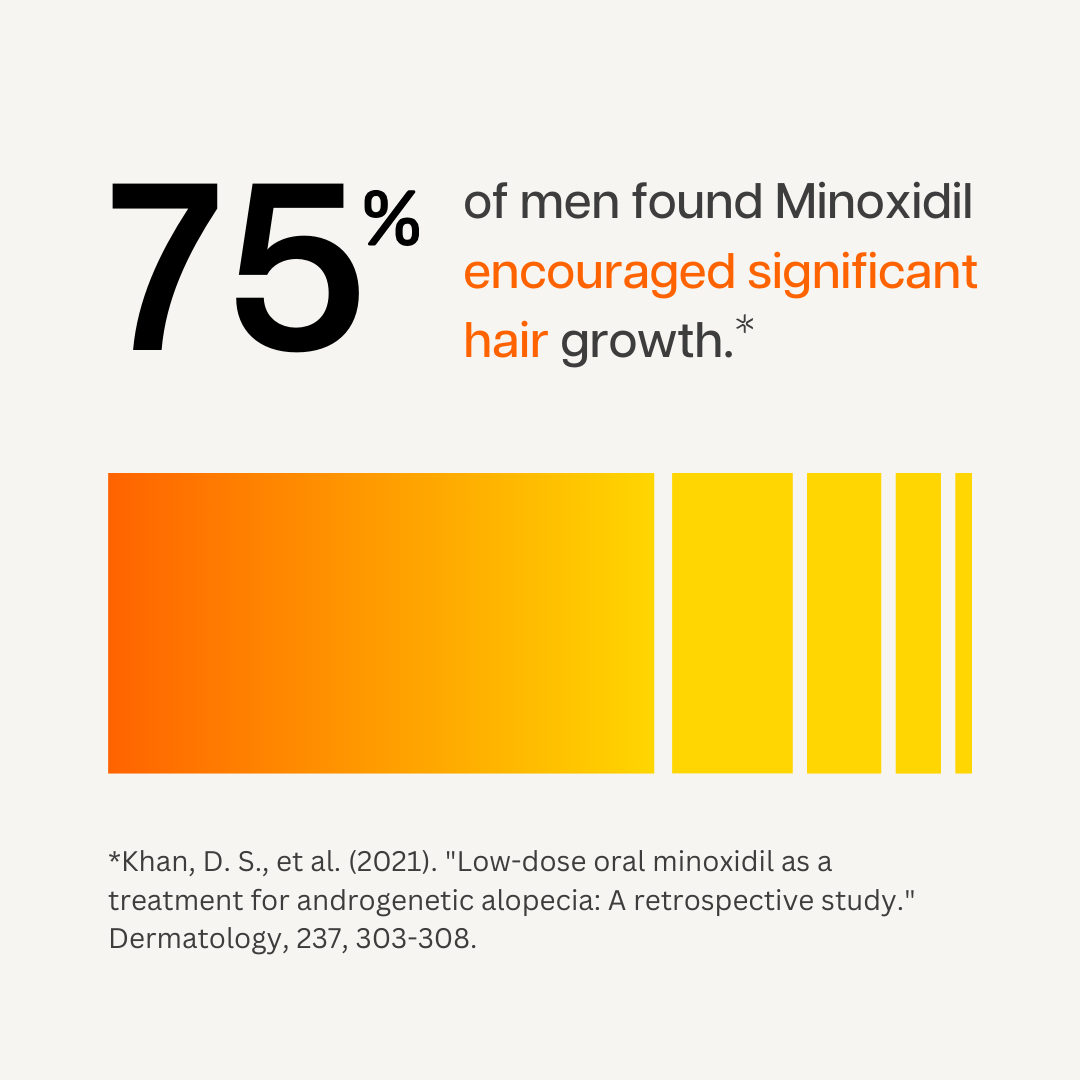

We focus on delivering results
HEYYY® provides scientifically-backed solutions to effectively combat hair loss and promote new growth.
Our treatments are developed based on extensive research to ensure safety and efficacy.

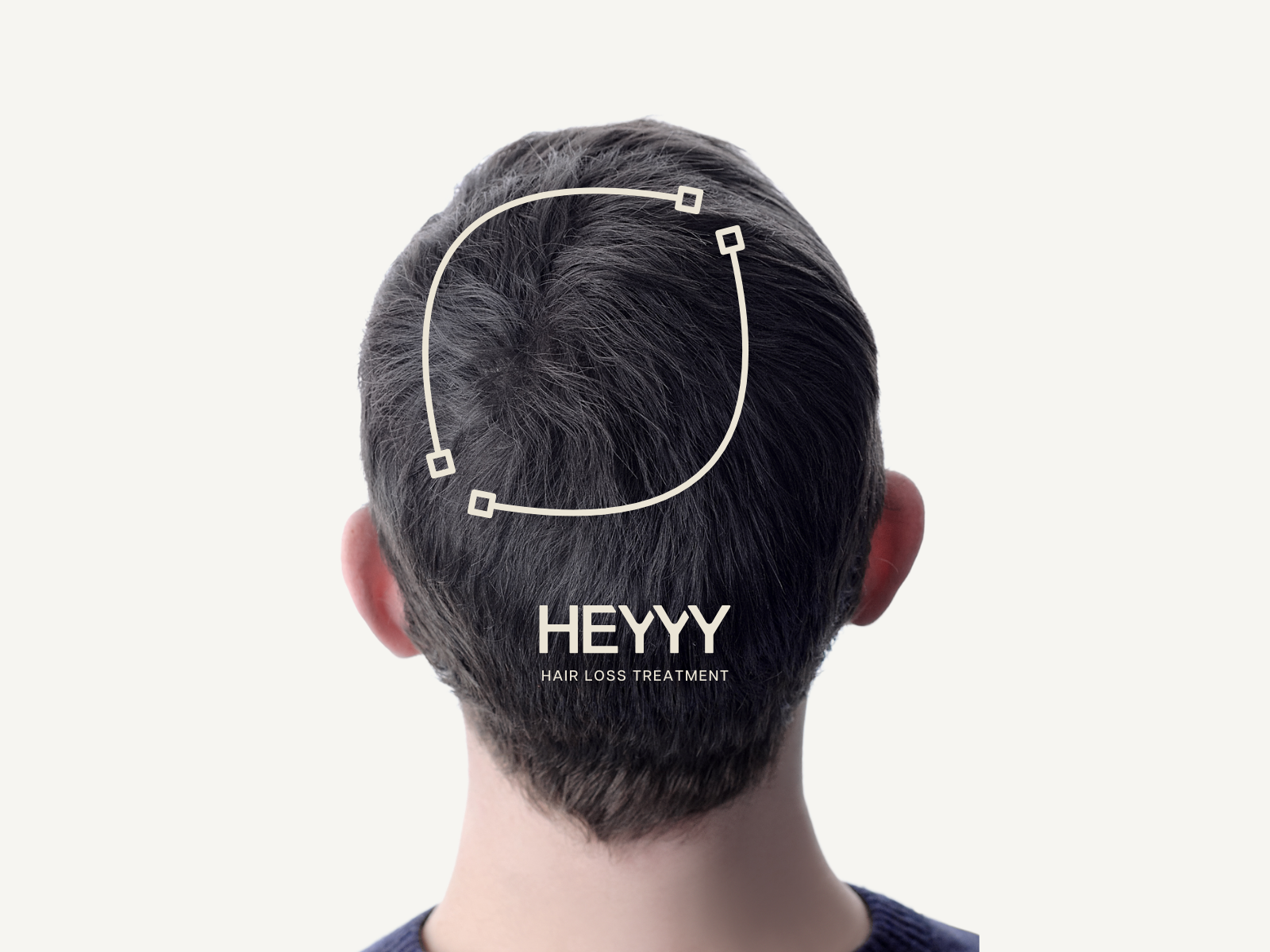

4 easy steps away from new hair

Start Your Journey Online
Fill out our secure questionnaire to share your hair loss concerns and health background.

Get a Custom Treatment Plan
Our UK-licensed experts design a personalized hair loss solution tailored to your needs.

Enjoy Private, Fast UK Delivery
Your treatment products are discreetly shipped directly to your doorstep with speed and privacy.
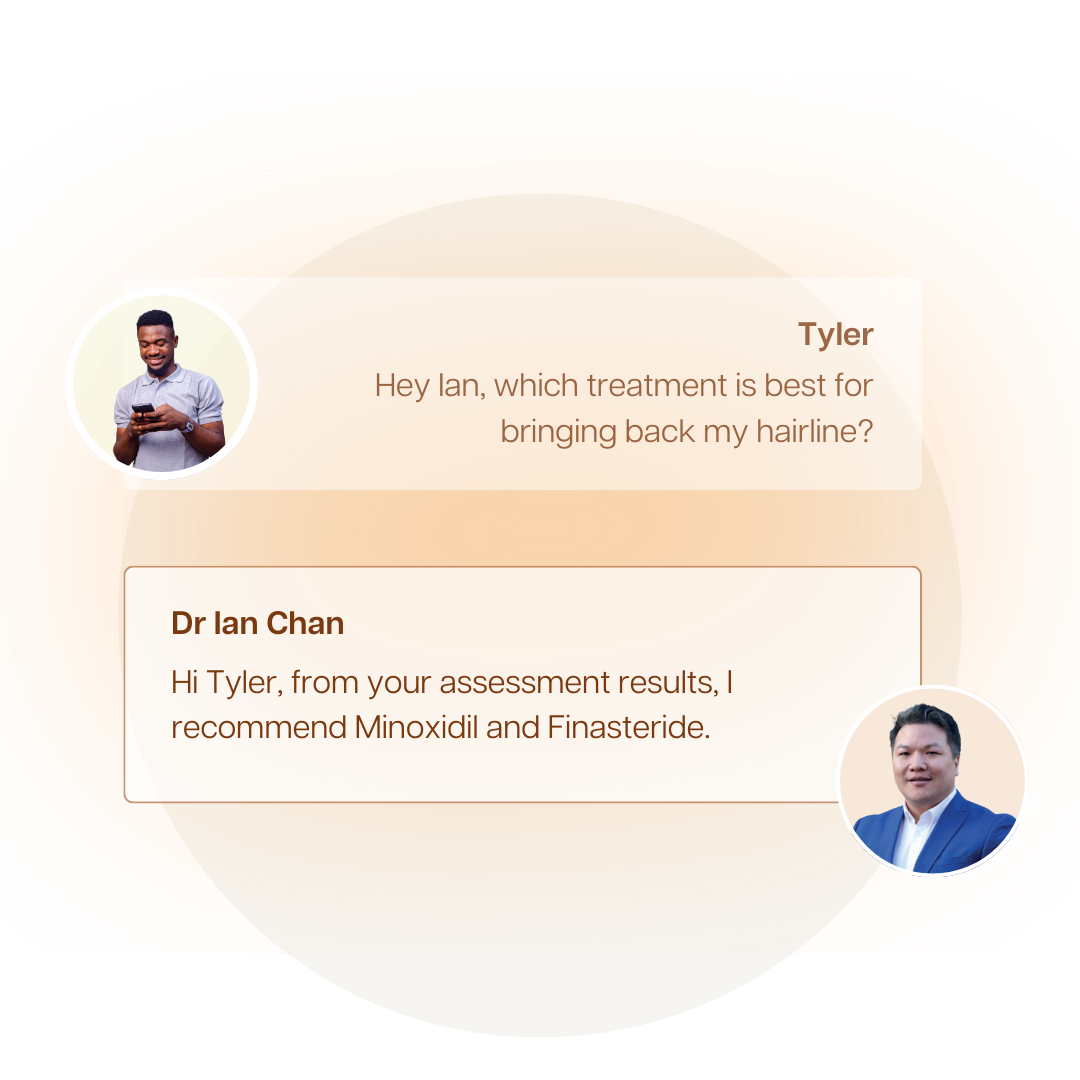
See Visible Results in 3-6 Months
Track your progress and receive ongoing support to ensure effective hair regrowth and confidence.
Clinically proven, Clinician-backed
What are you waiting for?
Fill out our online clinical questionnaire, and within minutes see if you're suitable for our hair loss treatment
Expert clinicians, expert hair loss know-how
UK's best primary health care professionals, at your service.
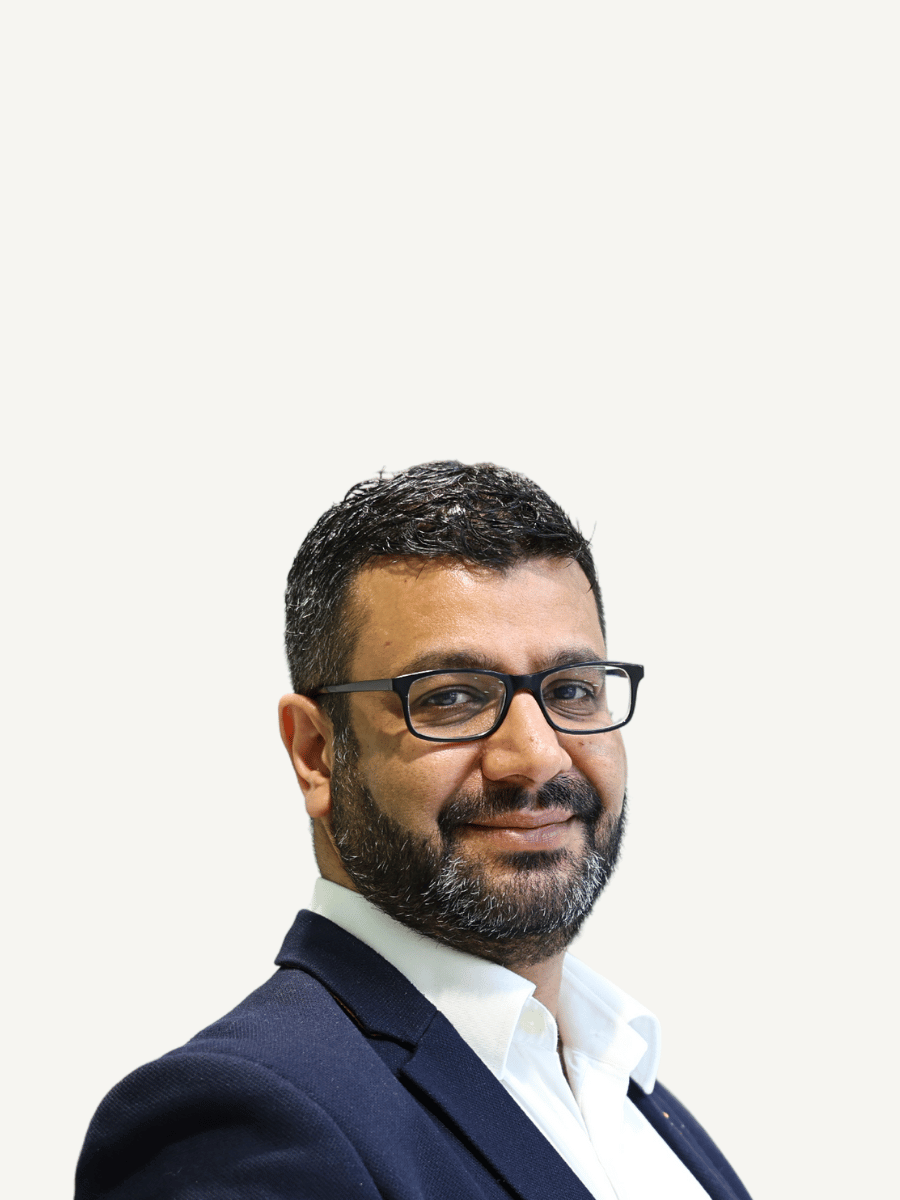
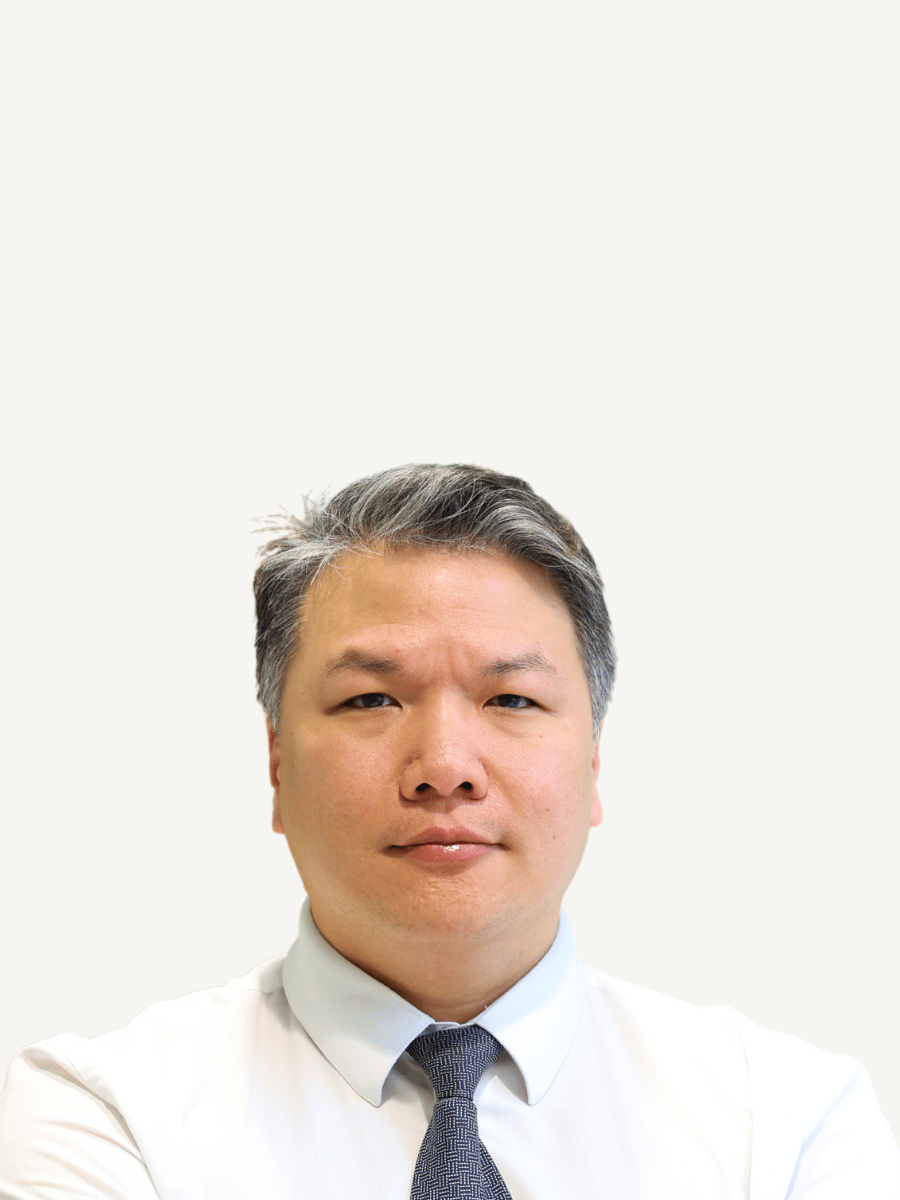
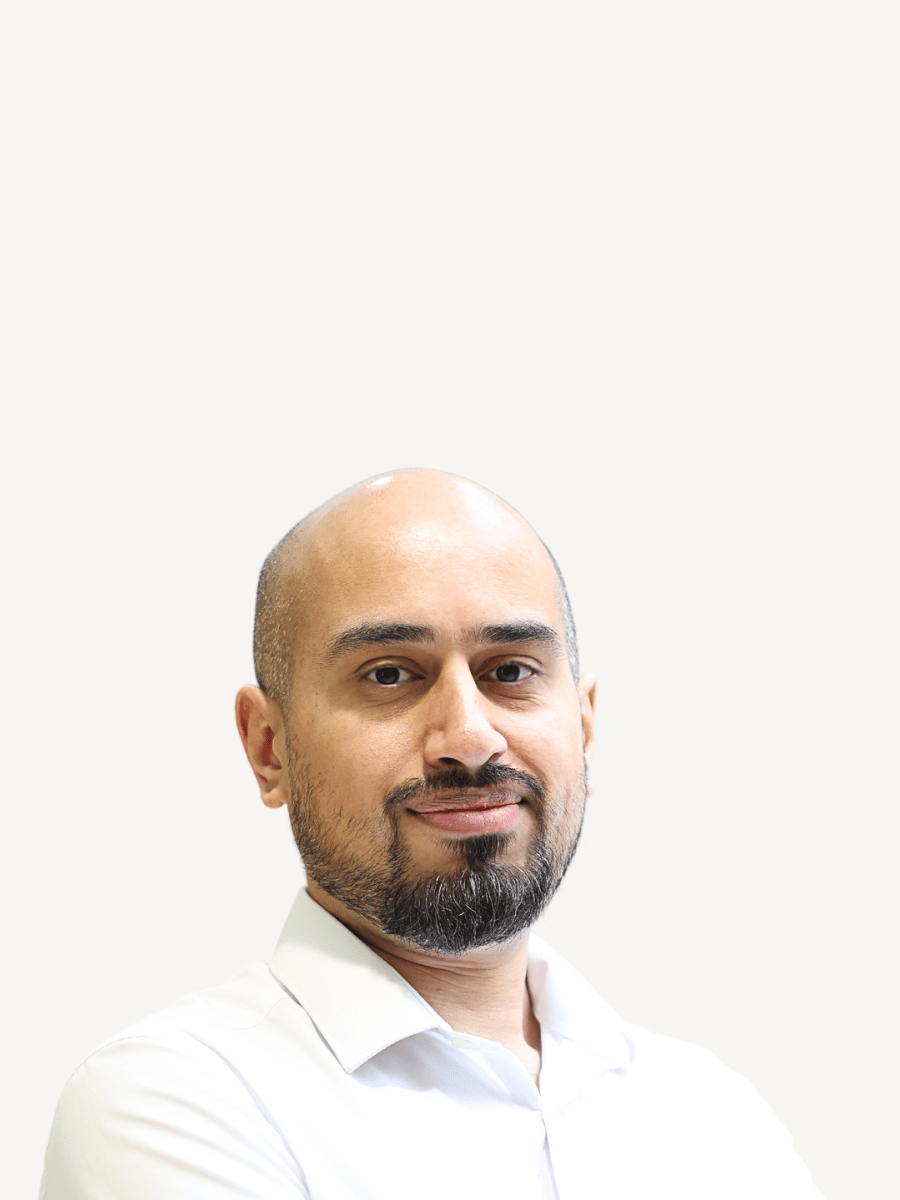
See results within 3-6 months
Over 90% of men using minoxidil alongside Finasteride showed significant improvement with their hair loss.
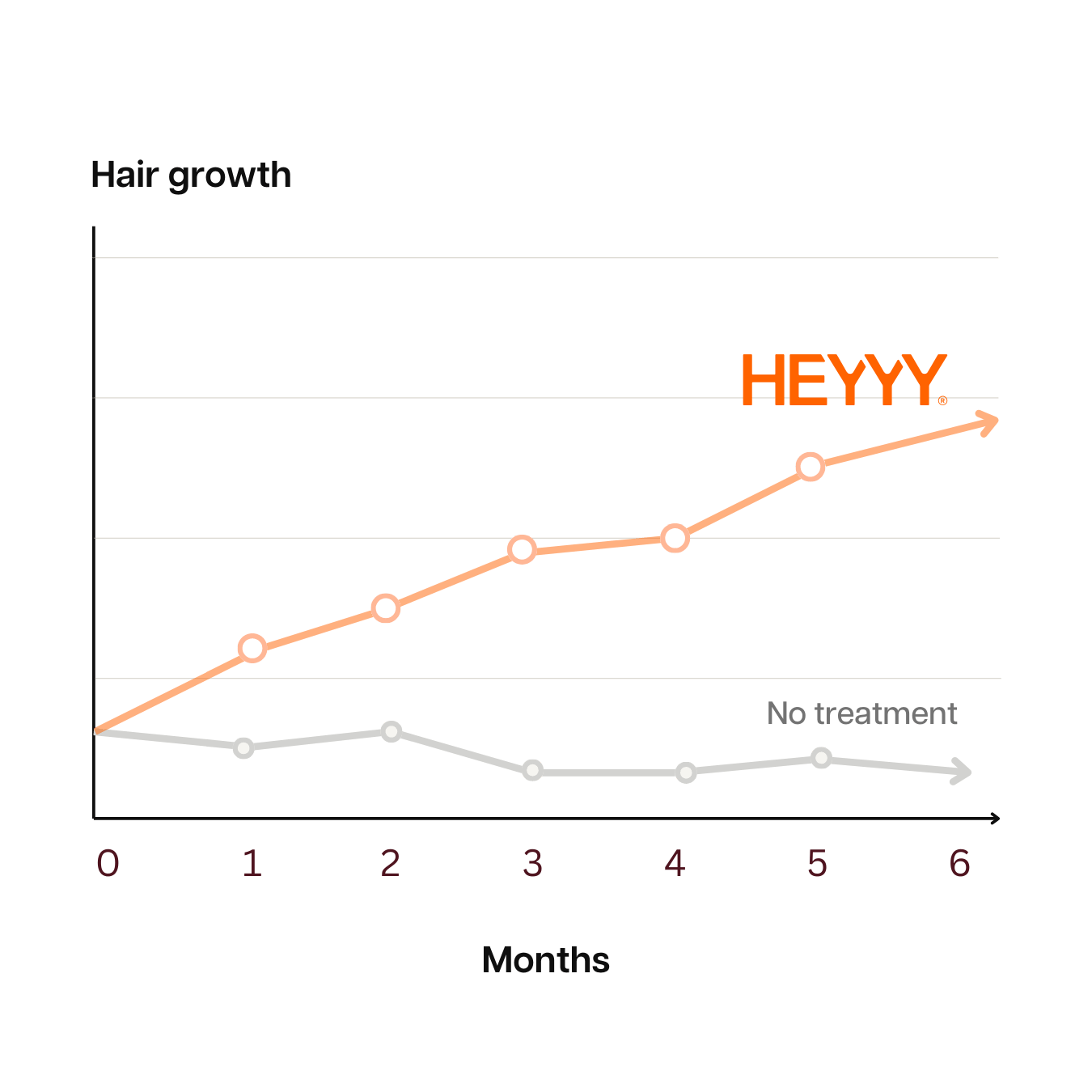
How hair loss treatment works
Understand exactly why men's hair falls out, and how HEYYY® treatment brings it back
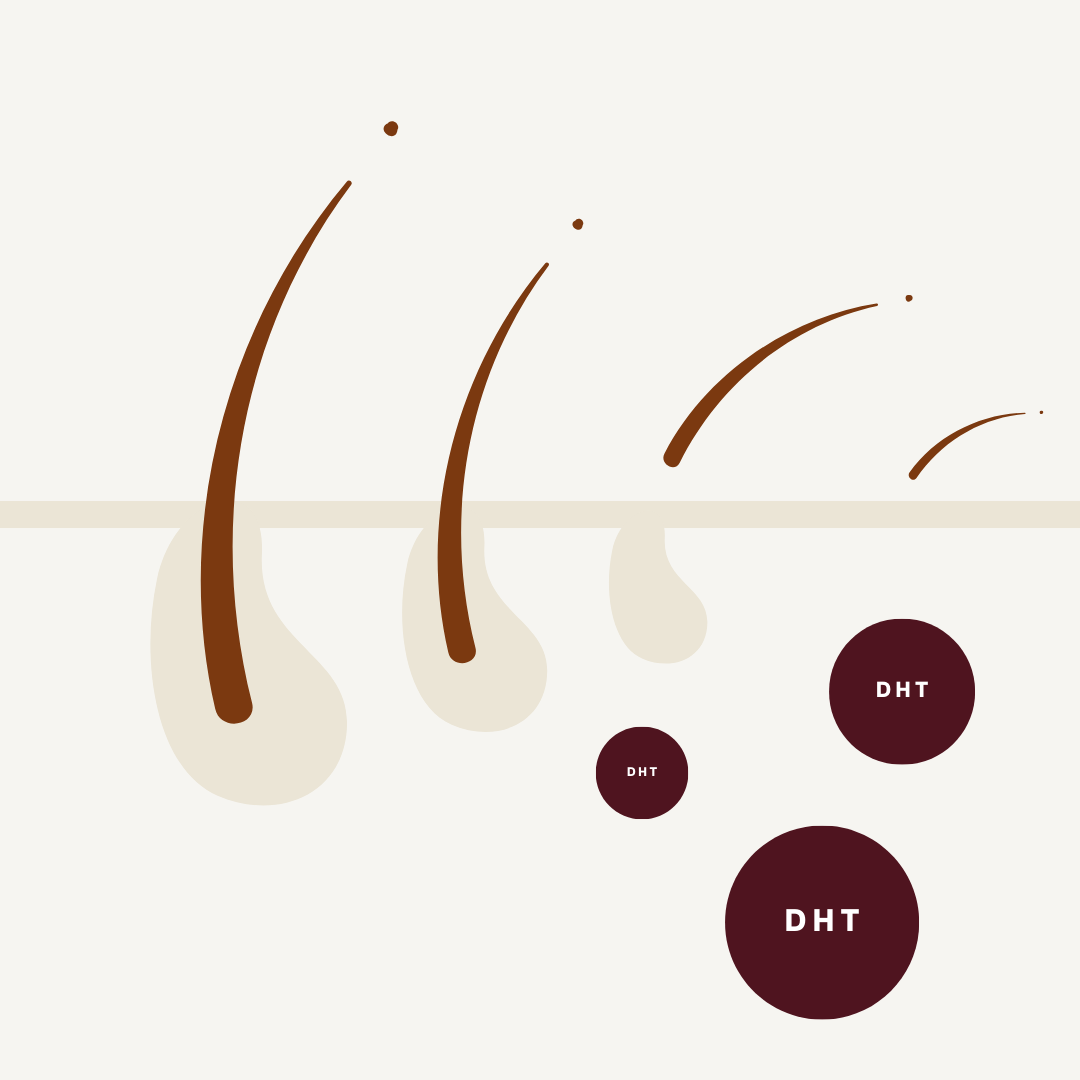
Why hair falls out
Hair follicles contract due to the male hormone DHT, leading to hair loss and thinning.
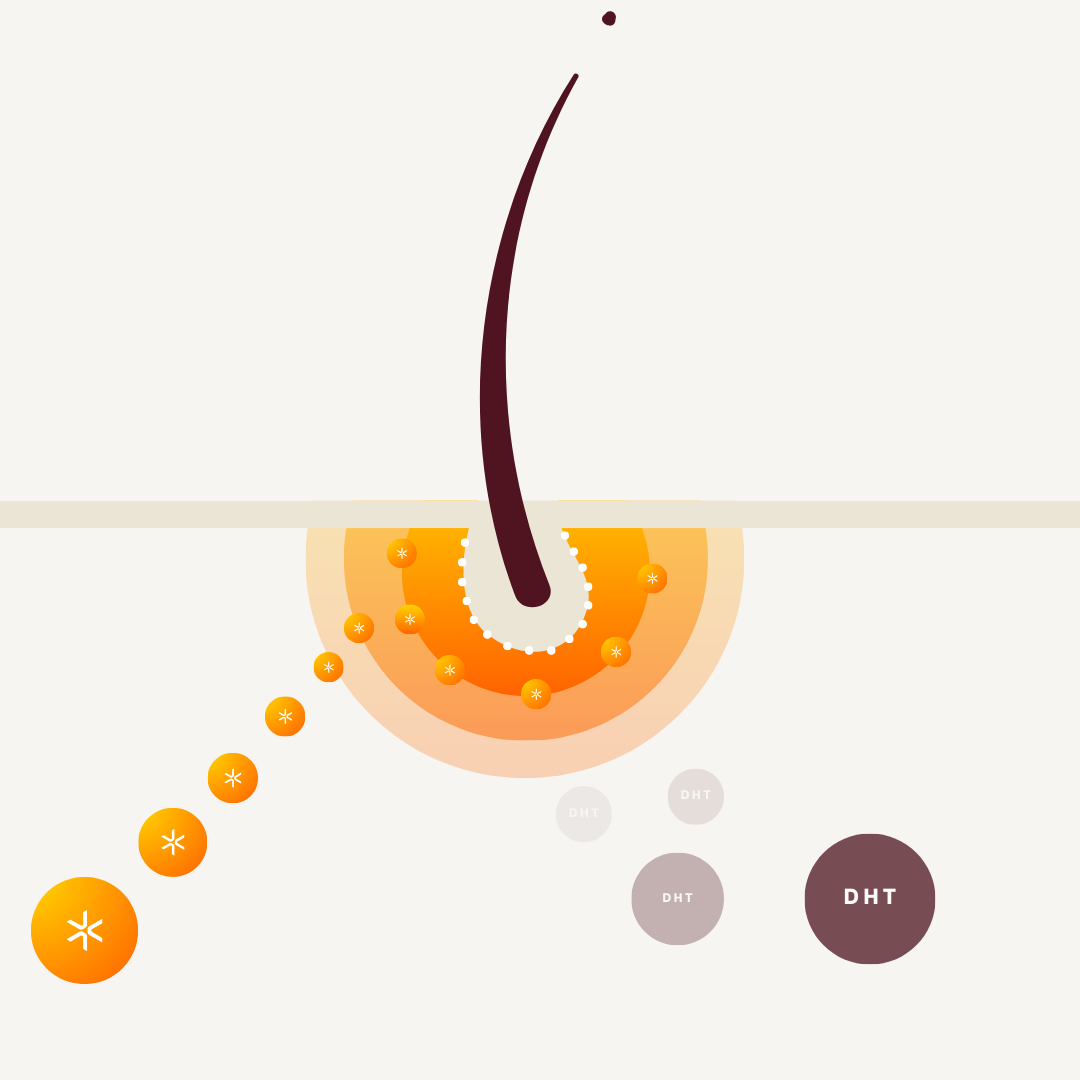
Treatment begins
Finasteride, Minoxidil and Biotin combinations have been proven to block DHT, and increase blood flow to hair follicles prolonging the growth phase and stimulating hair follicle activity.

On going success
With our continued support, start seeing complete hair transformations over the long-term
Fast, easy, online ordering
No need to in-person assessments anymore, you can do it
all online and get next-day delivery with HEYYY®

Delivered right to your door
We understand how vital urgency and privacy are - we deliver fast, and privately anywhere in the UK.
Understanding Hair Loss: Expert Insights
Dr Ian Chan, and Dr Rashpal Bhachu
Are There Effective Treatments Available for Hair Loss?
Are There Effective Treatments Available for Hair Loss?
Yes, there are several effective treatments available for hair loss, particularly for Male Pattern Baldness (MPB). The most commonly recommended treatments include:
- Finasteride: An oral medication that inhibits the conversion of testosterone to DHT, reducing hair follicle shrinkage and promoting hair regrowth.
- Minoxidil: A topical solution that stimulates hair follicles, promoting thicker and longer hair strands.
- Biotin Supplements: While not a direct treatment, biotin supports overall hair health by strengthening hair and reducing breakage.
- Hair Growth Shampoos and Conditioners: Specialised products that nourish the scalp and hair follicles, enhancing the effectiveness of clinical treatments.
In some cases, hair transplants may be considered for those seeking a more permanent solution. It's essential to consult with a healthcare professional to determine the most suitable treatment plan based on your specific needs and medical history.
How Long Does It Take to See Results from Hair Loss Treatments?
How Long Does It Take to See Results from Hair Loss Treatments?
The timeline for observing results from hair loss treatments varies depending on the individual and the specific treatment used:
Finasteride:
- Initial Effects: Reduction in hair loss may begin within 3 months.
- Visible Regrowth: Noticeable hair regrowth typically appears after 6 months of consistent use.
- Optimal Results: Maximum benefits are usually seen after 12 months.
Minoxidil:
- Initial Effects: Increased hair follicle size and hair strand thickness may start within 2-4 months.
- Visible Regrowth: Significant hair regrowth is generally noticeable after 4-6 months.
- Optimal Results: Best results are achieved after 12 months of regular application.
Consistency is Key:
- Adhering to the prescribed treatment regimen is crucial for achieving and maintaining results.
- Discontinuing treatment may lead to the reversal of benefits and resumption of hair loss.
Patience and regular follow-ups with a healthcare provider are essential to monitor progress and make any necessary adjustments to the treatment plan.
How Do Finasteride and Minoxidil Work to Combat Hair Loss?
How Do Finasteride and Minoxidil Work to Combat Hair Loss?
Finasteride and Minoxidil are two FDA-approved treatments that work through different mechanisms to combat hair loss:
Finasteride:
- Mechanism of Action: Finasteride is a 5-alpha-reductase inhibitor that blocks the enzyme responsible for converting testosterone into dihydrotestosterone (DHT).
- Effect: By reducing DHT levels, Finasteride decreases the shrinking of hair follicles, slows down hair loss, and can promote the regrowth of existing hair.
- Usage: Taken orally as a daily tablet.
- Results: Typically noticeable after 3-6 months of consistent use.
Minoxidil:
- Mechanism of Action: Minoxidil is a vasodilator that increases blood flow to the hair follicles, providing them with more nutrients and oxygen.
- Effect: Stimulates hair follicles, prolongs the growth phase of hair, and increases hair thickness.
- Usage: Applied topically to the scalp twice daily as a foam or solution.
- Results: Visible improvements usually seen after 4 months, with optimal results after 12 months.
Combining both treatments can enhance their effectiveness, as they address hair loss from different angles.
What Causes Male Pattern Baldness (MPB) and How Does It Differ from Other Types of Hair Loss?
What Causes Male Pattern Baldness (MPB) and How Does It Differ from Other Types of Hair Loss?
Male Pattern Baldness (MPB), also known as androgenetic alopecia, is the most common form of hair loss in men, affecting approximately 50% of men by the age of 50. MPB is primarily driven by genetic factors and the hormone dihydrotestosterone (DHT). DHT binds to hair follicles, causing them to shrink and produce thinner, shorter hairs over time, eventually leading to hair loss.
Differences from Other Types of Hair Loss:
- Alopecia Areata: An autoimmune condition where the immune system attacks hair follicles, leading to sudden, patchy hair loss.
- Telogen Effluvium: Temporary hair shedding triggered by stress, illness, or hormonal changes, causing diffuse thinning rather than specific bald spots.
- Traction Alopecia: Hair loss caused by prolonged tension or pulling on the hair, often due to certain hairstyles.
Understanding the underlying cause of your hair loss is crucial for selecting the most effective treatment.
What Are the Potential Side Effects of Hair Loss Treatments Like Finasteride and Minoxidil?
What Are the Potential Side Effects of Hair Loss Treatments Like Finasteride and Minoxidil?
While Finasteride and Minoxidil are generally well-tolerated, some individuals may experience side effects:
Finasteride:
- Sexual Side Effects: Decreased libido, erectile dysfunction, and ejaculation disorders. These effects are rare and often reversible upon discontinuation.
- Other Side Effects: Breast tenderness or enlargement, and, in very rare cases, allergic reactions such as rash or itching.
- Considerations: Long-term use is necessary to maintain results. Regular consultations with a healthcare provider are recommended to monitor any adverse effects.
Minoxidil:
- Scalp Irritation: Itching, redness, dryness, or flaking of the scalp.
- Unwanted Facial Hair Growth: Occurs if the solution inadvertently contacts the face.
- Dizziness or Rapid Heartbeat: Rare, especially with excessive use.
- Considerations: To minimize side effects, follow the application instructions carefully and avoid overuse.
It's important to discuss any concerns or side effects with your healthcare provider to ensure the treatments are safe and appropriate for you.
Why Might a Hair Transplant Not Be the Best Option for Everyone?
Why Might a Hair Transplant Not Be the Best Option for Everyone?
While hair transplants can provide permanent and natural-looking results, they may not be suitable for everyone due to several reasons:
- Cost: Hair transplants can be expensive, often not covered by insurance.
- Donor Hair Availability: The procedure requires sufficient healthy hair follicles in donor areas (typically the back and sides of the scalp). Individuals with extensive hair loss may not have enough donor hair.
- Surgical Risks: As with any surgical procedure, there are risks of infection, scarring, and other complications.
- Recovery Time: The process involves a recovery period, during which normal activities may be temporarily limited.
- Results Variation: Outcomes can vary based on the surgeon’s skill, the extent of hair loss, and individual healing responses.
Non-surgical treatments like Finasteride and Minoxidil offer effective alternatives without the need for surgery, making them preferable for many men seeking to manage hair loss.
Can Over-the-Counter Shampoos Treat Hair Loss Effectively?
Can Over-the-Counter Shampoos Treat Hair Loss Effectively?
Over-the-counter (OTC) shampoos can support hair health but are generally not sufficient as standalone treatments for significant hair loss like Male Pattern Baldness (MPB). These shampoos often contain ingredients that:
- Nourish the Scalp: Promote a healthy scalp environment, which is essential for hair growth.
- Strengthen Hair: Reduce breakage and improve hair texture.
- Stimulate Follicles: Ingredients like ketoconazole may have mild anti-androgenic effects, potentially reducing DHT levels locally.
Limitations:
- Mild Efficacy: While beneficial for overall hair health, OTC shampoos cannot reverse hair follicle miniaturization or stimulate significant hair regrowth.
- Complementary Role: They are best used in conjunction with clinical treatments like Finasteride and Minoxidil to enhance overall effectiveness.
For meaningful hair loss treatment, it is recommended to use these shampoos as part of a comprehensive treatment plan overseen by a healthcare professional.
Can Lifestyle Changes Help Prevent or Reduce Hair Loss?
Can Lifestyle Changes Help Prevent or Reduce Hair Loss?
Yes, adopting a healthy lifestyle can complement clinical treatments and contribute to the prevention or reduction of hair loss. Key lifestyle factors include:
- Balanced Diet: Ensuring adequate intake of essential nutrients like proteins, vitamins (especially Vitamin D and B-complex), and minerals (such as iron and zinc) supports overall hair health.
- Stress Management: Chronic stress can exacerbate hair loss conditions like Telogen Effluvium. Practices such as meditation, exercise, and adequate sleep can help manage stress levels.
- Avoiding Harmful Practices: Reducing the use of harsh chemicals, heat styling tools, and avoiding hairstyles that pull on the hair can prevent additional hair damage and loss.
- Regular Exercise: Promotes healthy blood circulation, which can support hair follicle health.
- Smoking Cessation: Smoking has been linked to increased hair loss due to its impact on blood flow and hormone levels.
While lifestyle changes alone may not stop genetic hair loss, they can enhance the effectiveness of clinical treatments and improve overall hair and scalp health.
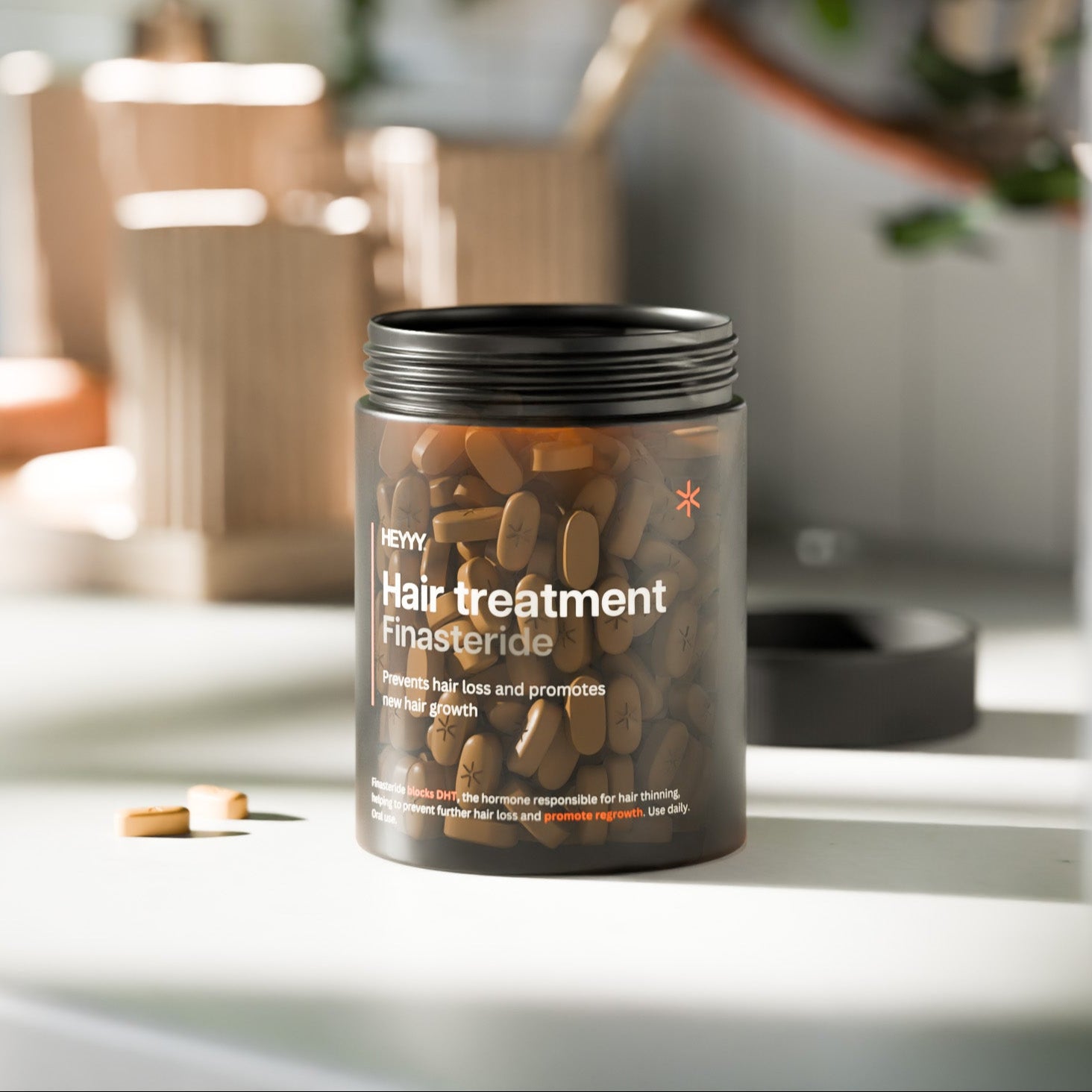
Treatments personalised to you
Everybody's hair behaves differently, and that's why we tailor all treatment plans specific to your needs.

1,000's of men choose HEYYY®
Real success stories, real outcomes, real hair loss treated - we prioritise men's health.



















